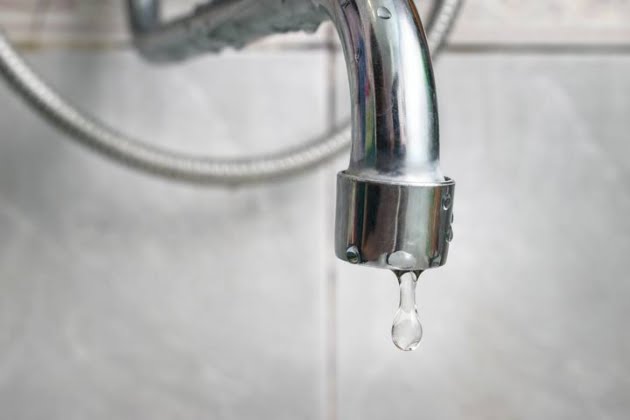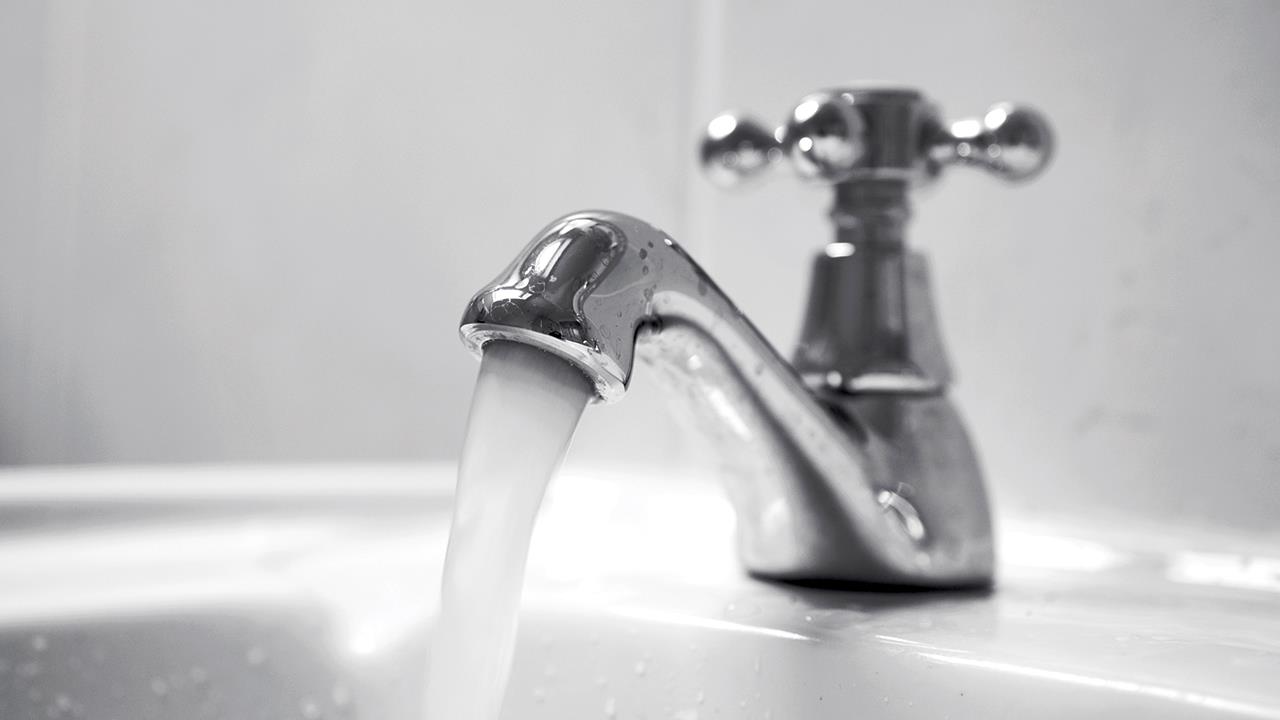An Consequence of Dripping Faucets
An Consequence of Dripping Faucets
Blog Article
The article listed below about Causes and Consequences of a Leaky Faucet is especially interesting. Check it out yourself and decide what you think of it.

Intro
A dripping tap could feel like a small annoyance, yet its effects prolong much past the occasional drip. Comprehending the effects of a leaky tap is vital for both home owners and the setting. In this post, we'll explore the numerous effects of this usual family issue and why resolving it immediately is necessary.
Reasons For Leaky Faucets
Leaky faucets can arise from a variety of factors, consisting of damage, high water pressure, and rust. Over time, the consistent use of taps can bring about worn-out seals and gaskets, creating leaks to develop. In addition, too much water pressure can put pressure on plumbing components, bring about leakages. Rust and rust can also deteriorate faucet components, making them susceptible to leak.
Water Waste
One of one of the most substantial repercussions of a leaking tap is water wastage. Even a small drip can amount to gallons of wasted water with time. This not only drives up water costs but additionally contributes to water deficiency and ecological deterioration. Dealing with dripping faucets immediately is important for saving this priceless source and minimizing its effect on the planet.
Financial Impact
Along with wasting water, leaking faucets can also have a considerable economic influence. Raised water costs are a straight repercussion of water wastage, setting you back home owners hundreds of bucks yearly. In addition, the expense of fixing water damages triggered by leakages can be substantial, specifically if left unattended for a prolonged period.
Ecological Influence
The ecological influence of leaky taps expands past water wastefulness. By saving water, homeowners can contribute to more comprehensive efforts to mitigate water scarcity and protect natural ecosystems. Sustainable choices such as rain harvesting and water-efficient components can further lower the environmental footprint of house water usage.
Technological Solutions
Improvements in innovation have actually caused the development of wise taps and water-saving devices that help decrease water waste. Smart taps use sensors to spot activity and readjust water flow accordingly, decreasing waste without compromising benefit. Water-saving devices such as aerators and low-flow showerheads are additionally effective in saving water without jeopardizing efficiency.
Global Viewpoints
While dripping taps might seem like a localized concern, they contribute to more comprehensive worldwide obstacles such as water deficiency and climate change. In areas already encountering water stress and anxiety, every drop counts, making leak prevention and repair service necessary. By adopting water-saving methods and investing in sustainable modern technologies, house owners can play their part in attending to these pushing global problems.
Regulatory Procedures
Federal government regulations play a vital duty in minimizing the impact of dripping taps and advertising water conservation. From constructing codes that require water-efficient components to water-saving motivations and rebates, policymakers have a variety of devices at their disposal. By implementing and imposing these regulations, governments can make sure that house owners focus on water conservation in their daily lives.
Area Effect
Attending to leaky taps calls for collective initiatives at the community level. By raising recognition regarding the importance of water preservation and offering sources for leak discovery and repair, neighborhood authorities can empower property owners to take action. Efforts such as water-saving rebate programs and leakage discovery campaigns can incentivize habits modification and promote responsible water usage.
Situation Studies
Real-life instances of the influence of leaky taps emphasize the significance of aggressive maintenance and timely repair work. From water damages to skyrocketing water expenses, the effects of disregarding leakages can be extreme. By sharing these case studies, house owners can much better understand the significance of attending to dripping taps quickly.
Educational Campaigns
Educational projects play a vital duty in raising understanding regarding the results of dripping faucets and promoting water conservation methods. With workshops, workshops, and on-line sources, home owners can find out how to spot and fix leakages themselves. By encouraging people with expertise and devices, educational campaigns can foster a culture of responsible water usage within communities.
Health and wellness Issues
Leaking faucets can create conducive environments for mold and mildew growth, posing health risks to occupants. The presence of mold and mildew can aggravate respiratory system concerns and allergic reactions, particularly in vulnerable individuals. In addition, water damages arising from leaks can compromise the structural honesty of structures and cause expensive repair work.
DIY vs. Specialist Repair service
When confronted with a leaky faucet, home owners commonly dispute whether to attempt repairs themselves or work with an expert plumber. While DIY fixings can save cash, they might not always address the hidden concern successfully. Professional plumbing professionals have the know-how and equipment to diagnose and deal with leaks correctly, making certain long-term remedies and satisfaction for house owners.
Preventive Measures
Stopping dripping faucets needs routine upkeep and positive measures. Basic tasks such as changing worn-out washing machines and seals can protect against leaks from developing. Furthermore, updating to high-quality components and minimizing water stress can aid extend the lifespan of taps and reduce the risk of leakages.
Verdict
To conclude, the impacts of a dripping faucet extend much past the periodic drip. From water wastefulness and boosted water costs to health concerns and environmental influence, the repercussions of disregarding leakages can be considerable. By addressing leaking taps without delay and taking on water-saving practices, house owners can alleviate these results and contribute to a more sustainable future.
Why You Shouldn’t Ignore a Leaky Faucet in Your Home
What Causes a Leaky Faucet?
Various factors can cause a leak, from loose and worn-out parts to corrosion. Your faucet has four essential components from which most plumbing issues will stem: the O-ring, the valve seat, the washer and the gasket.
What Is an O-Ring?
The O-ring is a stem screw that fastens parts of the faucet in place, preventing water from leaking out of the spout. Depending on your faucet type, the stem might have multiple O-rings. Water will drip from the faucet’s handles and base if this part breaks or deteriorates.
What Is a Valve Seat?
The valve seat controls the flow and temperature of the water. Found at the base of the handle, it works as a seal for the faucet’s stem. The valve seat ensures the water is allowed to flow or is blocked as the handles dictate. You’ll know it’s malfunctioning when water leaks from your faucet’s sides.
What Is a Gasket?
The gasket is found between the water inlet and the valve stem. It creates a seal between the faucet and the sink, holding its joints by aerators attached to the stem’s head. Water will trickle out from the base if the gasket isn’t working.
What Is a Washer?
The washer secures the handles and prevents leakage, serving a similar purpose to the O-ring. While the O-ring is ordinarily round and made from an elastic material, such as rubber, the washer is square-shaped and composed of brass, copper and other hard metals. If it malfunctions, corrodes or has been improperly installed, water will leak out of the handles, causing that incessant faucet drip.
Why Is a Leaky Faucet Dangerous?
A leaky faucet left alone for too long can have significant consequences.
Pest Infestations
Since bugs and rodents gravitate towards the scent of water, a leaky faucet will draw pests to your sink. Both are looking for leaks accessible through crawl spaces, which a faucet provides. If you leave water dripping for too long, you run the risk of an infestation.
Rust
If one of the faucet parts has started to corrode, the resulting rust can spread to your pipes and valves with startling speed. The rust might even lead to cracks or other impairments, resulting in more severe plumbing issues.
Your sink could also sustain damage from a leaky faucet. The water in your tap possesses sparse elements of calcium and iron that can stain your sink with repeated and prolonged exposure. Once those elements in the water have been open to the air for some time, your sink will start to rust, creating marks that can be difficult to remove.
https://www.tomsmechanical.com/blog/why-you-shouldnt-ignore-a-leaky-faucet-in-your-home

I ran across that blog post about Health Risks Posed by Leaking Faucets when perusing the search engines. Feel free to set aside a second to share this blog post if you enjoyed reading it. I treasure reading our article about How to Fix a Leaky Faucet.
Report this page